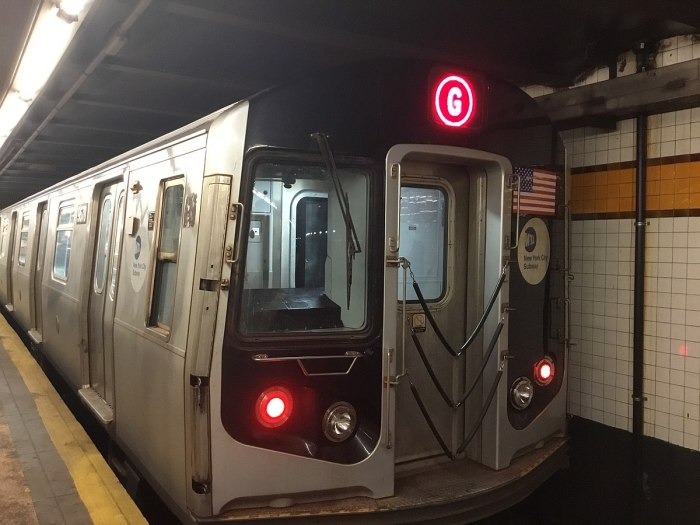
Consider the life of the plastic bag.
You’ll have to, because the single-use bags are still with us, despite NYC trying to pass a fee last year to reduce their use. That was denied by the State Legislature and Gov. Andrew Cuomo, who then established a task force to examine the issue of plastic bags in the whole state.
That report was released over the Martin Luther King Jr. holiday weekend and didn’t lay out a clear plan for legislation.
So anyway, consider the plastic bag.
Life cycle of a bag
Plastics are made from oil and natural gas, says Phil Rozenski, policy chair of the American Progressive Bag Alliance, which represents the plastics industry. Small pellets made from oil and gas arrive from refineries to plastic factories, like Novolex, a bag producer where Rozenski works as sustainability director. At the Novolex complex, the pellets are stored in silos and then melted down to make a thin “film” that can be cut up into plastic bags. In general, some 1,500 bags are used by the average American family each year, according to the Cuomo report.
Once the bags are cut and prepared, they are sent by truck to distribution centers. Let’s say the bags are being sold to a grocery store. The grocery store’s trucks will load up from the distribution center with all the Perdue chicken, Diet Coke, and plastic bags an individual outlet purchases. Then a long truck ride to the store, where the stock will be unloaded and the bags set up to hang on racks next to cashiers.
All that work to get to the bag’s usable life, which the Cuomo report estimates to be an average of 12 minutes. Maybe the shopper requests separate bags for cereal and milk, or double bags for chopped meat. Then the shopper, bags balanced with the ease that comes from a lifetime of practice, walks through the automatic grocery store doors and the bags meet the wide world.
The Cuomo report cites various statistics showing the problem with single-use carryout bags beyond scooping poop or conveying trash. There are the bags that join with other plastics in the ocean, where it is estimated that plastic will outweigh fish by 2050.
And the report estimates that 12 millions barrels of oil are used to satiate America’s bag appetite.
Rozenski and the bag alliance say that bags are made from oil and natural gas “byproduct,” and that the wells would still be drilled in a world without bags. But it’s hard to dispute the sheer number of bags we’re throwing out. Only 15 percent of the bags get recycled, he says.
Novolex recycles some, collecting bags brought back to grocery stores. The process is like making a bag in reverse: bags are trucked to recycling facilities, jammed into bales and then shredded into pieces, put into a trough of water where the plastic material floats while grocery store receipts and other contaminants don’t.
Then the mess is made into pellets and the whole thing starts again.
What to do with all those bags?
New York law now requires certain stores to collect and recycle certain single-use plastic bags. But voluntary takeback programs only go so far. (The report says approximately 12 percent of “post-consumer” plastic bags and other film plastics are recovered yearly in the United States for recycling).
That’s why advocates and legislators have tried fees or bans, which the Cuomo report analyzes in detail without taking a full side. The governor’s staff suggests only looking for a statewide solution “as early as this [legislative] session.”
For now, that means the life of a plastic bag ends like this on Ninth Avenue in Manhattan: Mike Handy walks out of an Ideal Market Place with a double-bagged load, heading for his nearby apartment.
“I use it for garbage,” Handy, 55, says, describing a brief second life for his bags in a big basket underneath his sink, before the sacks enclose your typical kitchen trash for the trip to the pail.
When the basket gets too full he, like many of us, just throws the bags out. Which is how the bags end: stuck in a landfill together in a ball of each other, ever so slowly disintegrating.
Maybe with a bag fee, if we’re ever allowed to legislate ourselves one, we’d all think again.




































